Printed Circuit Boards
Intelligent door lock FPC flexible pcb factory near me
- flexible pcb
- Intelligent door lock FPC
- flexible pcb factory near me
- 4L FPC
- Product description: Fast turn flex PCB PCBA manufacturer PCB manufacturer in USA China PCB manufacturer PCB supplier Flex PCB" flex pcb flat flex pcb flexible pcb factory rigid flex pcb suppliers china pcb manu
Intelligent door lock FPC flexible pcb factory near me
|
PCB layer |
4L |
Flexible |
copper |
||
|
Processing customization |
yes |
Copper foil |
calendered copper |
Insulation material |
PI |
|
PCB thickness |
0.3MM |
Reinforcement material |
No |
Flame retardant characteristic |
VO |
|
Copper weight |
1/1 OZ |
Back adhesive |
3M |
Covering film |
yellow |
|
Surface finish |
ENIG |
Gold |
2U |
Sample test |
flyingprobe test |
|
Sample forming |
laser |
Batch price |
USD147-200/㎡ |
Batch delivery time |
9-11 days |
|
Batch testing |
electrical testing |
Batch forming |
die punching/laser |
Transportation |
Express |
Introduction to FPC (Flexible Circuit Board)
Flexible Printed Circuit (FPC) is a type of circuit board made of flexible copper clad plate as the substrate. It is used as a medium for signal transmission in the connection of electronic products, and has the characteristics of high wiring assembly density, good bending performance, lightweight, and flexible process. FPC can generally be divided into single-layer FPC, double-layer FPC, multi-layer FPC, and soft hard combination version.
PCB soft board and hard board are two common types of boards in the electronic industry, playing different roles in board design and manufacturing processes. Although their names are similar, their design and manufacturing methods are actually different.
PCB soft board is a type of flexible circuit board made of flexible materials such as polyester film, polytetrafluoroethylene film, etc. This type of board is often used in applications that require bending and bending, such as in high-precision and lightweight electronic devices, watches, automotive bodies, and other fields. The advantage of flexible materials is that they can continue to function normally under bending or twisting, while also connecting multiple devices in a small area. Therefore, for flexible circuit design, this type of PCB board is a convenient and useful choice. They can withstand mechanical stress and their superior electrical performance makes them an ideal choice for high-frequency circuits.
On the other hand, PCB hard boards are circuit boards made of hard materials such as glass fiber reinforced resin. These types of boards are typically used for applications that require stronger and more robust performance, such as inside computers or in some mechanical and industrial products. Compared to soft boards, hard boards have more stable and reliable electrical performance, and are less prone to deformation or damage. They will not affect their performance due to environmental changes and can be more suitable for high-density cabling.
In the circuit design process, hard boards can easily support the design of straight boards, V-boards, and U-boards, which are usually not involved in the design of flexible circuit boards. The design requirements for flexible boards are higher because they are prone to bending, twisting, etc. The design of flexible boards requires appropriate thickness, appropriate large pad size, appropriate spacing and line width, and certain crystal oscillator accuracy assurance, while also meeting the design requirements of small bending radius and V-shaped insertion. Therefore, the factors that should be considered during design and manufacturing are also different.
Overall, PCB soft boards and hard boards are two different types of circuit boards. Their characteristics and usage scenarios are different. Hard boards are mainly used in industrial and mechanical fields, with stable and excellent performance, while flexible circuit boards are suitable for applications with bending and bending. If your circuit design needs to go through challenging applications or in designs with bends or irregularities, a flexible circuit board is a better choice. In normal applications, a hard board is a more suitable choice at the same cost.
With the development of electrification and intelligence in automobiles, the advantages of FPC in bending, weight reduction, and high degree of automation are further reflected. The usage of FPC in the automotive field is constantly increasing, covering relevant scenarios such as headlights, display modules, BMS/VCU/MCU three major power control systems, sensors, and advanced auxiliary systems. The rapid development of new energy vehicles has led to a significant increase in demand for FPCs for on-board power batteries.
Application of FPC in New Energy Vehicles
The acquisition line is an important component required for the BMS system of new energy vehicles, which monitors the voltage and temperature of the new energy power battery cells; Connect data collection and transmission with built-in overcurrent protection function; Protects the battery cells of automotive power batteries, and has functions such as automatic disconnection in case of abnormal short circuits.
Previously, the traditional copper wire harness scheme was used for the collection line of new energy vehicles' power batteries. The conventional harness was made of plastic wrapped around copper wires. When connecting the battery pack, each wire harness reached an electrode. When the current signal of the power battery pack was high, many wire harnesses were needed to cooperate, resulting in a large space occupation. In the pack assembly process, traditional wiring harnesses rely on workers to manually fix the ports on the battery pack, resulting in low automation.
Compared to copper wire harnesses, FPC has outstanding advantages in safety, lightweight, and layout due to its high integration, ultra-thin thickness, and ultra-softness. In addition, FPC has a thin thickness and customized battery pack structure, which can be directly placed on the battery pack through a robotic arm during assembly. With a high degree of automation, FPC is suitable for large-scale production. The trend of replacing copper wire harnesses with FPC is clear.
In the early stages of industry introduction around 2017, due to the high cost of small-scale production and the high requirements for reliability in the automotive electronics industry, most power battery companies were still in a wait-and-see attitude. With the excellent performance demonstrated by FPC and the rapid cost reduction brought about by large-scale production, the process of replacing traditional wire harnesses with FPC has significantly accelerated. According to the 2018 survey of Gaogong Lithium Battery, Ningde Times and BYD, the first tier power battery companies in China, have already applied FPC in bulk in the packaging process. Public information shows that companies such as Tesla, Guoxuan High Tech, AVIC Lithium, Tafel, Xinwangda, and Funeng have also started using FPC. At present, the FPC solution has become the main choice for the vast majority of new energy vehicle models.
FPC integrates with CCS (Cells Contact System). CCS products are composed of FPC, plastic structural components, copper aluminum bars, etc. The copper aluminum bars connect multiple cells in series and parallel through laser welding. FPC is connected to copper aluminum bars and plastic structural components to form electrical connections and signal detection structural components
Categories
Latest News
Contact Us
Contact: Ms Tracy
Phone:
Tel:
Add: BludingA,Shixiaganglian Industrial Park,Shajing,Baoan,Shenzhen,China
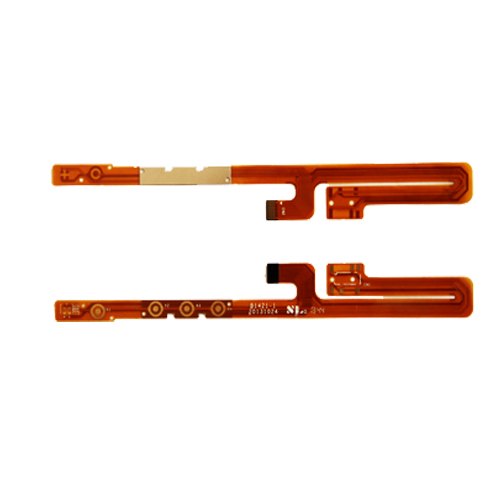
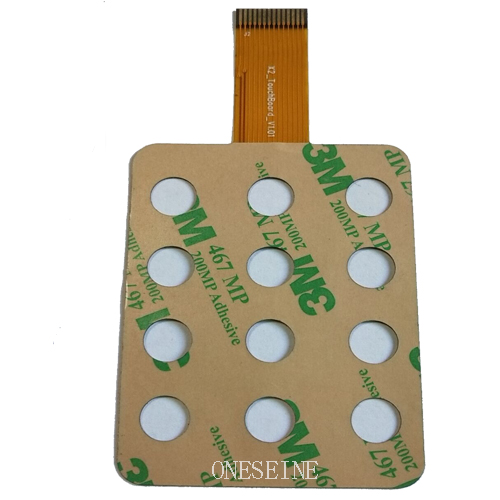
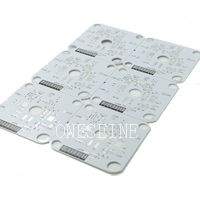
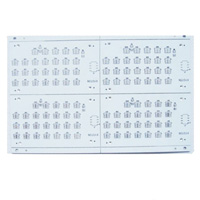
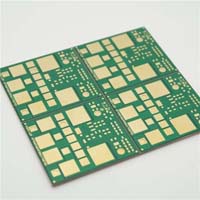
 Tracy
Tracy